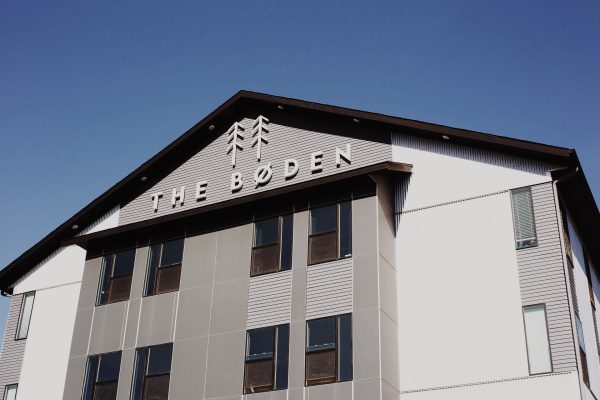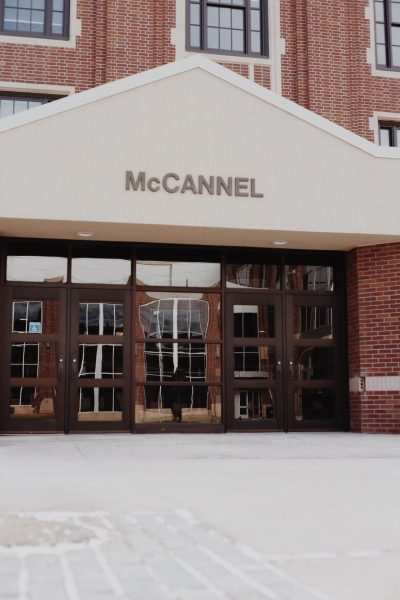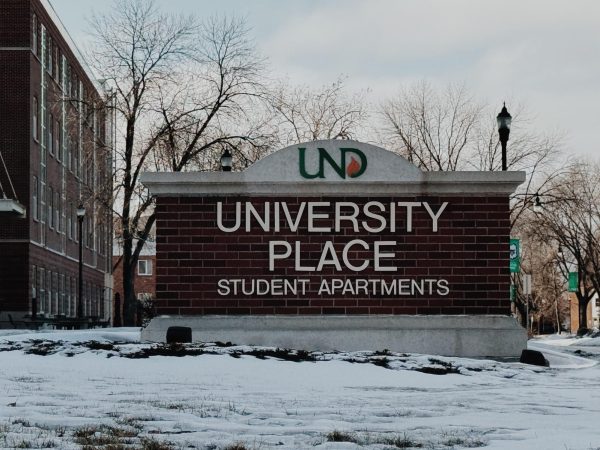The Purpose of Public Broadcasting
March 1, 2023
Mike McFeely of The Forum reported recently on the proposed axing of “$2.9 million from Gov. Doug Burgum’s budget that was earmarked for Prairie Public.” This amount was to go towards repairs and base funding for the public broadcasting network, but conservative legislators voted to cut that funding. They argued the advertising and talk shows on the network do not promote a conservative view as much as a liberal one. In addition, Republican Senator Shawn Vedaa stated that Prairie Public’s material, in particular its talk shows “slamming people,” do not belong “on the public airwaves” and thus should not be paid for.
In this case, the worth of public broadcasting is not under fire as much as its content. Conservative North Dakota legislators are more concerned with the frequent appearance of what they deem conservative beliefs and attitudes rather than the question of whether or not public broadcasting is a social good in the first place. The cut in funding is more of a punishment for its felt lack of attention to conservative voices rather than a reaction to a felt unnecessary expense. I argue that, in explaining the purpose of public broadcasting, we may find an answer as to what kind of content it should carry.
The primary goal of public broadcasting is to provide the means to engage with and educate the citizen. With a focus on geographic and economic accessibility as well as a wide appeal, public broadcasting is a major democratic institution that allows a diverse group of people to receive the same level of education and enjoyment, something even our school systems seem to fail to provide. But this engagement with the public is also dictated by a focus on minority voices and national identity rather than appealing to the most popular group ideologies.
Public broadcasting cannot simply be replaced by commercial broadcasting because they run on completely different philosophies and thus produce a different quality in their work. Commercial broadcasting has no distance from advertisers’ and the majorities’ interests and thus their content will be molded to best support these interests. Public broadcasting, on the other hand, attempts to maintain a distance from both private and collective interests to educate the public on the issues that do not bubble up so easily to the surface of the collective consciousness. To put it simply, commercial broadcasting profits from supporting popular ideas and art as well as pandering to its sponsors’ wishes. It circles a loop of what you already know, believe, and desire. Public broadcasting is instead built to inform the public of ideas and facts which naturally supports the attention to the oft-unheard voices of minority groups.
Thus, we begin to see what content arises from these philosophies. Contrary to Senator Vedaa’s ideas, public broadcasting should not “run a program that is palatable to both sides” because that simply is not what its purpose is. Public broadcasting is not an ideological balancing act between conservative and liberal views but rather it should be informing the public of well-established facts and theories that they cannot fully consume from popular commercial broadcasting. Public broadcasting attempts to break free from the wheel of popular cultural ideas and educate the public on new topics.
In that sense, Prairie Public, or most public broadcasting networks, does not have an obligation to uphold the culturally dominant voices such as white, masculine, or heterosexual voices as the public is already thoroughly educated in them by the mere fact of their permeation throughout society. Instead, their purpose is to allow the public to engage with the full diversity of people that make up their nation. If public broadcasting, particularly in its goal of educating and informing, ever feels “palatable” to the majority of the public, then a true cause for concern arises.
Kira Symington is a Dakota Student General Reporter. She can be reached at [email protected].












